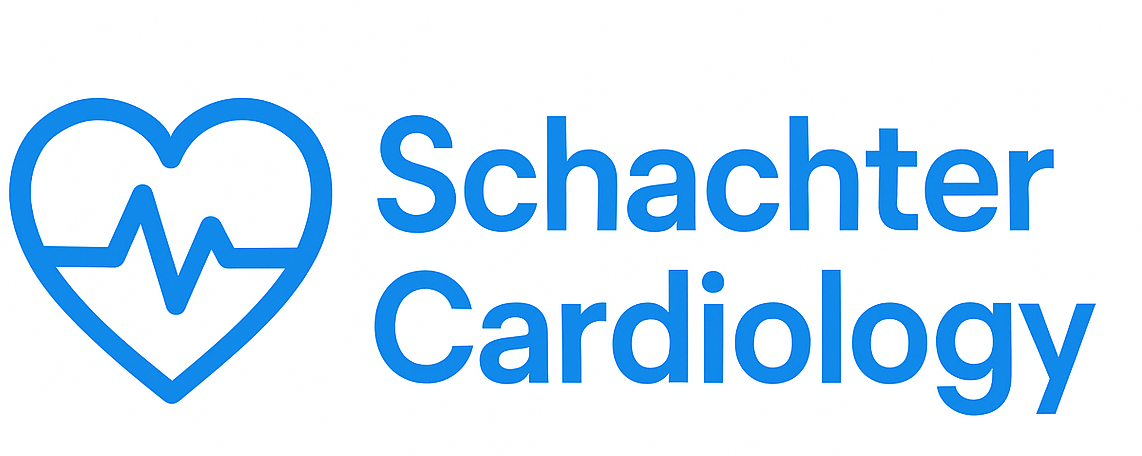
Understanding the Types of Heart Disease: A Comprehensive Overview
Heart disease is a term that encompasses a range of conditions affecting the heart. Understanding these various types can empower you to make informed choices about your health. From coronary artery disease to heart failure, the intricacies of heart disease can be complex, but knowledge is the first step in prevention and management.
What Is Heart Disease?
Heart disease refers to a range of conditions that affect the heart’s structure and function. It includes blood vessel diseases, heart rhythm problems (arrhythmias), and congenital heart defects. Understanding the different types of heart disease is essential for effective management and prevention.
Types of Heart Disease
1. Coronary Artery Disease (CAD)
Coronary artery disease is the most common type of heart disease. It occurs when the coronary arteries that supply blood to the heart become narrowed or blocked. This can lead to chest pain (angina) or heart attacks. Risk factors include high cholesterol, high blood pressure, smoking, and a sedentary lifestyle.
2. Heart Attack
A heart attack, or myocardial infarction, occurs when blood flow to a part of the heart is blocked for a long enough time that part of the heart muscle is damaged or dies. Symptoms may include chest pain, shortness of breath, and nausea. Immediate medical attention is crucial.
3. Heart Failure
Heart failure is a chronic condition in which the heart does not pump blood as well as it should. It can result from various conditions, including CAD, high blood pressure, and previous heart attacks. Symptoms often include fatigue, shortness of breath, and fluid retention.
4. Arrhythmias
Arrhythmias are irregular heartbeats that can lead to complications like stroke or heart failure. They can be harmless or serious, depending on the nature of the rhythm abnormality. Common symptoms include palpitations, dizziness, and fainting.
5. Valvular Heart Disease
This condition involves damage to one or more of the heart’s valves, which can disrupt the normal flow of blood through the heart. Symptoms may include fatigue, shortness of breath, and swelling. Treatment options vary from monitoring to surgery.
6. Congenital Heart Defects
Congenital heart defects are structural problems with the heart present at birth. They can affect the heart’s walls, valves, or blood vessels. Depending on the severity, some congenital defects may require surgery or other interventions.
7. Peripheral Artery Disease (PAD)
PAD occurs when the arteries that supply blood to the limbs become narrowed or blocked. This can lead to pain, numbness, and an increased risk of heart attack and stroke. Lifestyle changes and medications are common treatments.
Risk Factors for Heart Disease
Understanding the risk factors associated with heart disease can help in its prevention. Some common risk factors include:
- Age: The risk of heart disease increases with age.
- Family History: A family history of heart disease can increase your risk.
- High Blood Pressure: Over time, high blood pressure can damage arteries.
- High Cholesterol: High levels of LDL cholesterol can lead to plaque buildup in arteries.
- Smoking: Tobacco smoke can damage blood vessels and heart tissue.
- Sedentary Lifestyle: Lack of physical activity contributes to obesity and heart disease.
- Unhealthy Diet: Diets high in saturated fats, sugars, and sodium can increase risk.
- Obesity: Excess weight puts strain on the heart and increases the risk of diabetes.
- Diabetes: Diabetes increases the risk of heart disease and stroke.
Symptoms of Heart Disease
Recognizing the symptoms of heart disease is key to early intervention. Common symptoms include:
- Chest pain or discomfort
- Shortness of breath
- Fatigue
- Palpitations
- Swelling in legs, ankles, or feet
Diagnosis of Heart Disease
Diagnosing heart disease typically involves a combination of physical examinations, medical history, and tests such as:
- Electrocardiogram (EKG): Measures the electrical activity of the heart.
- Echocardiogram: Uses sound waves to produce images of the heart.
- Stress Testing: Assesses how the heart performs under physical stress.
- Blood Tests: Can detect cholesterol levels and other markers of heart disease.
Treatment Options
Treatment for heart disease varies depending on the type and severity. Common approaches include:
- Lifestyle Changes: Improved diet, regular exercise, and quitting smoking.
- Medications: Statins, beta-blockers, and blood thinners may be prescribed.
- Procedures: Angioplasty, stenting, or surgery may be necessary in severe cases.
Prevention Tips
While some risk factors cannot be changed, many can be managed or modified. Here are some tips for prevention:
- Maintain a healthy weight through diet and exercise.
- Monitor blood pressure and cholesterol levels regularly.
- Engage in regular physical activity, aiming for at least 150 minutes a week.
- Eat a heart-healthy diet rich in fruits, vegetables, whole grains, and lean proteins.
- Limit alcohol consumption and avoid smoking.
Conclusion
Heart disease is a complex and multifaceted condition, but understanding its types and risk factors can empower you to take control of your heart health. Regular check-ups and healthy lifestyle choices can significantly reduce your risk of developing heart disease. Knowledge is power—stay informed and proactive about your heart health.
Disclaimer
This blog post is for informational purposes only and should not be considered medical advice. Always consult a healthcare professional for medical concerns or before making any changes to your health regimen.
Disclaimer: This article is for educational purposes only and does not constitute medical advice. Always consult a qualified healthcare professional.
